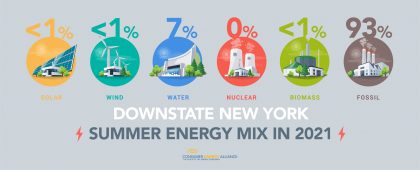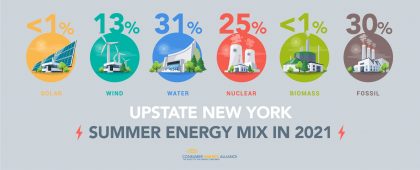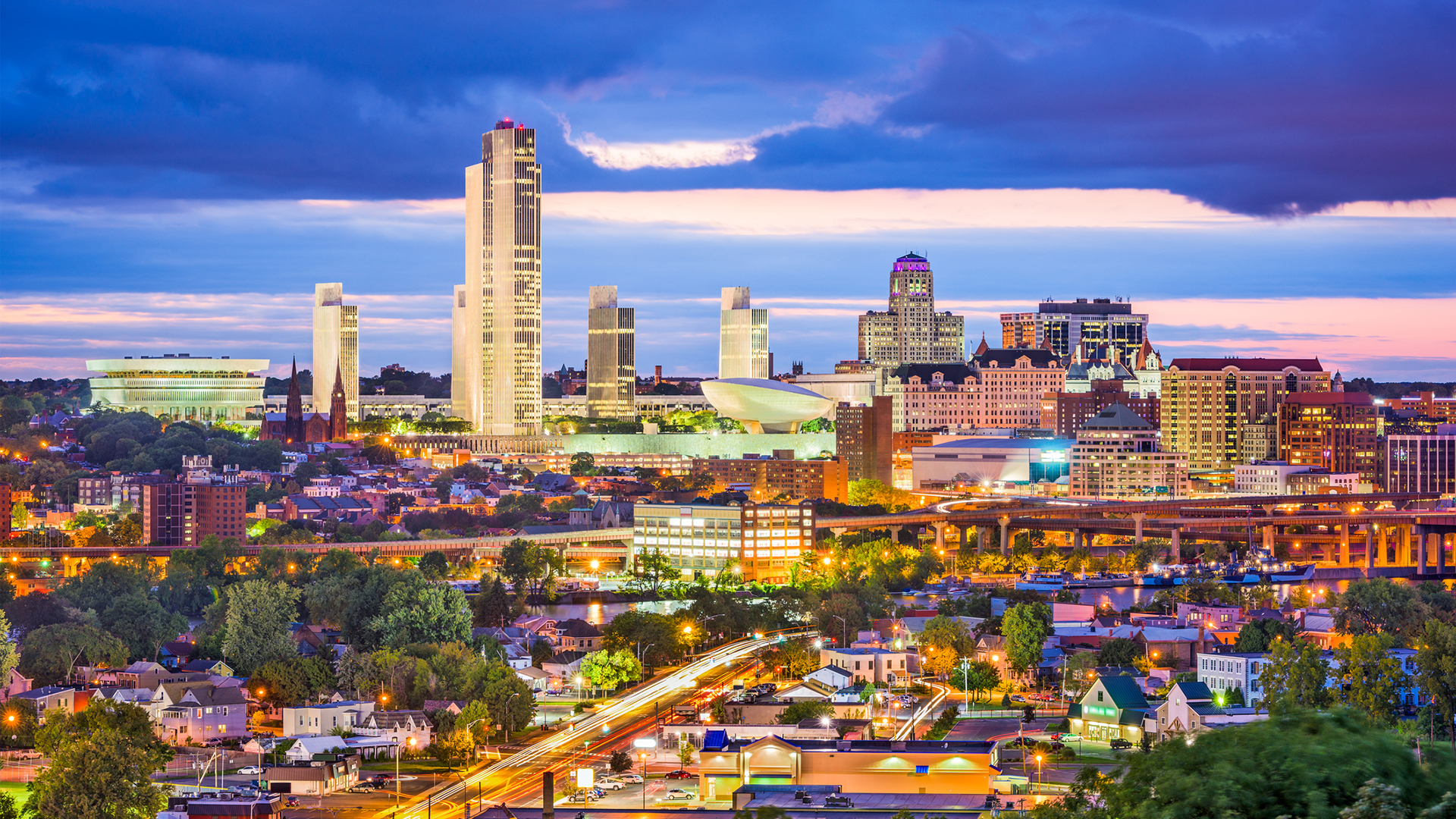Since its foundation, Consumer Energy Alliance (CEA) has advocated for a balanced and thoughtful “all-of-the-above” energy and environmental policy that ensures price stability and reliability for consumers. CEA also supports actions that consider the needs of consumers, families, and businesses as we thoughtfully advance our nation towards a cleaner, more environmentally responsible lower-emissions energy future.
With the passage of the Climate Leadership and Community Protection Act (CLCPA) in New York, CEA has focused its efforts with our members, the public, and policymakers on the hard work and real challenges that will be associated with implementing its sweeping and ambitious renewable energy and carbon reduction requirements in a manner that ensures that our grid remains reliable and won’t crush energy budgets.


The challenges facing New York are daunting. It has less than nine years to generate 70% of its electricity with renewable energy. Today, that number stands at roughly 25% percent, with the lion’s share of that renewable energy coming from New York’s existing hydropower. A significant portion of New York’s hydropower generation already comes from electricity imports approved decades ago through interconnects to help meet New Yorkers’ energy needs during days with high energy demand. In fact, hydro imports provide 20% of New York’s renewable power generation. According to federal data, only 7% of New York’s power in the fall of 2020 came from non-hydro renewables. By 2040, 100% of the state’s electricity must be zero-emission and 85% of the state’s overall greenhouse gas emissions across all sectors, including transportation, must be reduced by 2050. Making these requirements even more challenging is that starting in April 2021 Downstate is losing its largest source of emissions-free power that supplies nearly one-third of the New York City region’s electric needs.
Decarbonizing a state of 20 million people will be a monumental task without a basket of options and a clear-eyed understanding of the road ahead. To meet this ambitious future, the state has proposed:
- 6,000 MW of solar by 2025
- 3,000 MW of energy storage by 2030
- 9,000 MW of offshore wind by 2035
These are all laudable and important objectives, but the horizons for the projects are far into the future and are not guaranteed. How do we get to where we need to be by 2030? The answer is becoming clearer – New York’s future energy portfolio needs to incorporate large-scale hydropower solutions to have a chance to meet its CLCPA requirements.
The quickest and most cost-effective way to bring on substantial supplies of emissions-free energy in the near term is by supporting additional transmission that can deliver additional hydropower to the state. That’s a guarantee for households they will have always-on power that can help integrate and optimize the other long-term renewable energy options and technologies.
We need to be realistic – there is no perfect solution to this challenge. New York is going to need it all, every energy and technology option that can help ease this transition being required by law. It can be done in a collaborative way that incorporates options like large-scale hydropower while supporting those most vulnerable in our communities.
We urge you to join CEA in this endeavor to help advocate for common-sense, solutions-oriented policies that are a true win for the bottom line, the grid, and the environment.
You can download the NY State of Play here.

